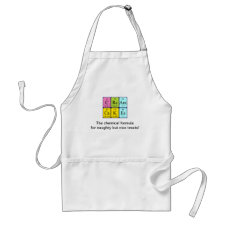
Authors: Cai YL, Zheng LC, Fang ZQ
Article Title: Selective adsorption of Cu(II) from an aqueous solution by ion imprinted magnetic chitosan microspheres prepared from steel pickling waste liquor.
Publication date: 2015
Journal: RSC Advances
Volume: 5
Issue: (118)
Page numbers: 97435-97445.
DOI: 10.1039/C5RA16547D
Abstract: To reduce costs and improve practicability, an ion imprinted magnetic chitosan (IMCS) was synthesized through co-precipitation using steel pickling waste liquor and chitosan and Cu(II) as template ions, which was then characterized by TEM, SEM, EDX, FTIR, XRD and VSM. The batch experiments were carried out for its potential application and high selectivity of Cu(II) removal, which were observed due to the paramagnetic properties and coordination reactions in the imprinted cavities. Kinetic studies revealed that the adsorption process followed a pseudo second-order model and the equilibrium data fit perfectly with the Langmuir isotherm model. The maximum adsorption capacity was 109.89 mg g-1. Negative values for Δ H° and Δ G° indicated an exothermic and spontaneous adsorption process. The adsorption process was found to be a chemical reaction and coordination complexes were formed between the metal ions and the groups of chitosan binding mainly in the "bridge model". Moreover, 0.2 mol L-1 HCl solution was considered as the most appropriate eluent for regeneration. It showed a great performance in the experiments for practical copper wastewater and the process was considerably cost-effective
Template and target information: copper ion, Cu(II)



Join the Society for Molecular Imprinting

New items RSS feed
Sign-up for e-mail updates:
Choose between receiving an occasional newsletter or more frequent e-mail alerts.
Click here to go to the sign-up page.
Is your name elemental or peptidic? Enter your name and find out by clicking either of the buttons below!
Other products you may like:
 MIPdatabase
MIPdatabase









